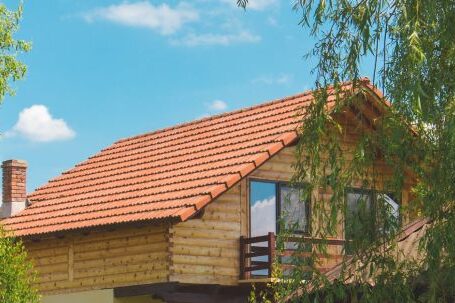The real estate market has seen a remarkable rise in the popularity of tiny homes in recent years. These compact, minimalist dwellings have captured the imagination of many people seeking to simplify their lives and reduce their environmental footprint. In this article, we will delve into the reasons behind the growth of tiny homes and their impact on the real estate market.
Why the sudden interest in tiny homes?
1. Minimalistic living
Tiny homes offer a unique opportunity for individuals to downsize and live a more minimalist lifestyle. With limited space, homeowners are forced to prioritize their belongings, leading to a decluttered and simplified living environment. This appeals to those seeking to break free from the consumerist culture and prioritize experiences over material possessions.
2. Affordability
One of the primary drivers behind the popularity of tiny homes is their affordability. In a world where housing prices continue to soar, many individuals are finding it increasingly difficult to own a traditional home. Tiny homes provide a more accessible option, with lower construction costs and reduced monthly expenses. This affordability factor has made tiny homes an attractive alternative for first-time homebuyers and those looking to reduce their financial burden.
3. Eco-friendly living
Another reason for the rise of tiny homes is their eco-friendly nature. These compact dwellings promote sustainable living by utilizing fewer resources and producing a smaller carbon footprint. With a smaller space to heat, cool, and maintain, tiny homes consume less energy and reduce waste. This aligns with the growing global consciousness towards environmental preservation, making tiny homes a viable choice for those who prioritize eco-conscious living.
The impact on the real estate market
1. Increased demand for affordable housing
The surge in interest for tiny homes has highlighted the demand for affordable housing options. As traditional housing prices skyrocket, individuals are turning to tiny homes as a way to achieve homeownership without the hefty price tag. This has prompted real estate developers to take notice and explore opportunities to incorporate tiny homes into their portfolios. The increased demand for affordable housing is reshaping the real estate market and forcing developers to consider alternative solutions.
2. Innovative design and construction
With the rise of tiny homes, there has been a surge in innovative design and construction techniques. Architects and builders are constantly pushing the boundaries to maximize space efficiency and functionality in these compact dwellings. This has resulted in the development of unique and creative designs that make the most of every square inch. The emphasis on innovative design in tiny homes has spilled over into the traditional housing market, inspiring architects and builders to think outside the box and create more efficient and adaptable homes.
3. Changing perceptions of homeownership
The growing interest in tiny homes is challenging conventional notions of homeownership. By embracing a smaller living space, homeowners are redefining what it means to own a home. The focus is shifting from size to quality of life and experiences. This shift in mindset has the potential to reshape the real estate market, with a greater emphasis on functionality and sustainability rather than sheer size.
In conclusion,
The growth of tiny homes in the real estate market reflects a desire for simplicity, affordability, and eco-friendly living. These compact dwellings offer an alternative to traditional homeownership, catering to a new generation of homeowners who value experiences over material possessions. The rise of tiny homes has sparked innovation in design and construction, as well as a reevaluation of what it means to own a home. As the demand for affordable housing continues to increase, the tiny home movement is poised to have a lasting impact on the real estate market.





